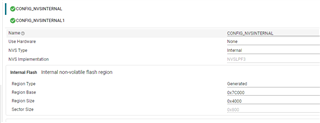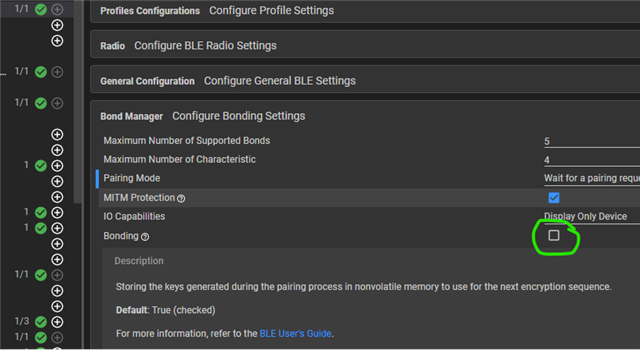Other Parts Discussed in Thread: UNIFLASH, CC2340R5
Tool/software:
Hi Expert,
after my phone bonds with evm then OAD, OAD would be failed and evm cannot work anymore until flashing fw again with uniflash.
test condition:
Iphone 15
Simplelink connect app: 2.0.2
Sdk: v9.11.0.18, basic_ble_oad_onchip_LP_EM_CC2340R5_freertos_ticlang
Procedure:
- program the basic_ble_oad_onchip_LP_EM_CC2340R5_freertos_ticlang fw from sdk 9.11.0.18
- Simplelink connect app can find and connect "Basic BLE project" device
- Click "characteristic 5" and bond to device
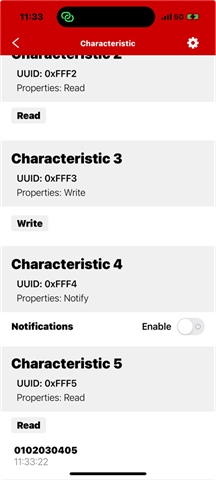
5.setting OAD as below
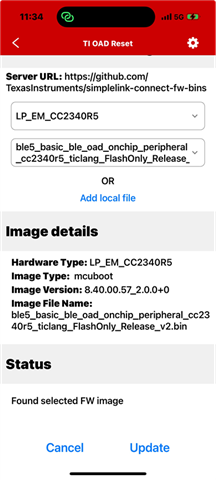
6. after clicking "Update", it would show below.
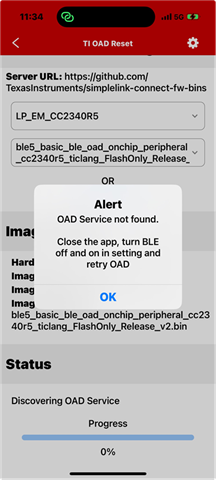
7. Reset the evm and scan the device. it only find Persistent_app.
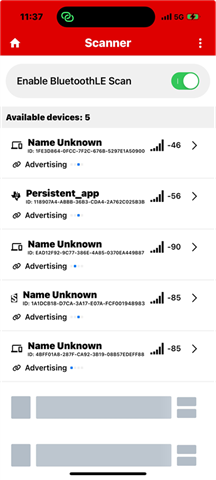
8.connect and try OAD. it shows error below.
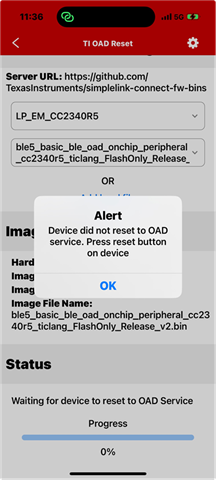
9. after press the reset button, it shows same error as item 6.
i can only recover the board by using uniflash, programming the fw and forget the device in my phone.
If I don't do bond with evm first, no issue for OAD.
Any idea what happens and how to fix it?
BR,
frank



